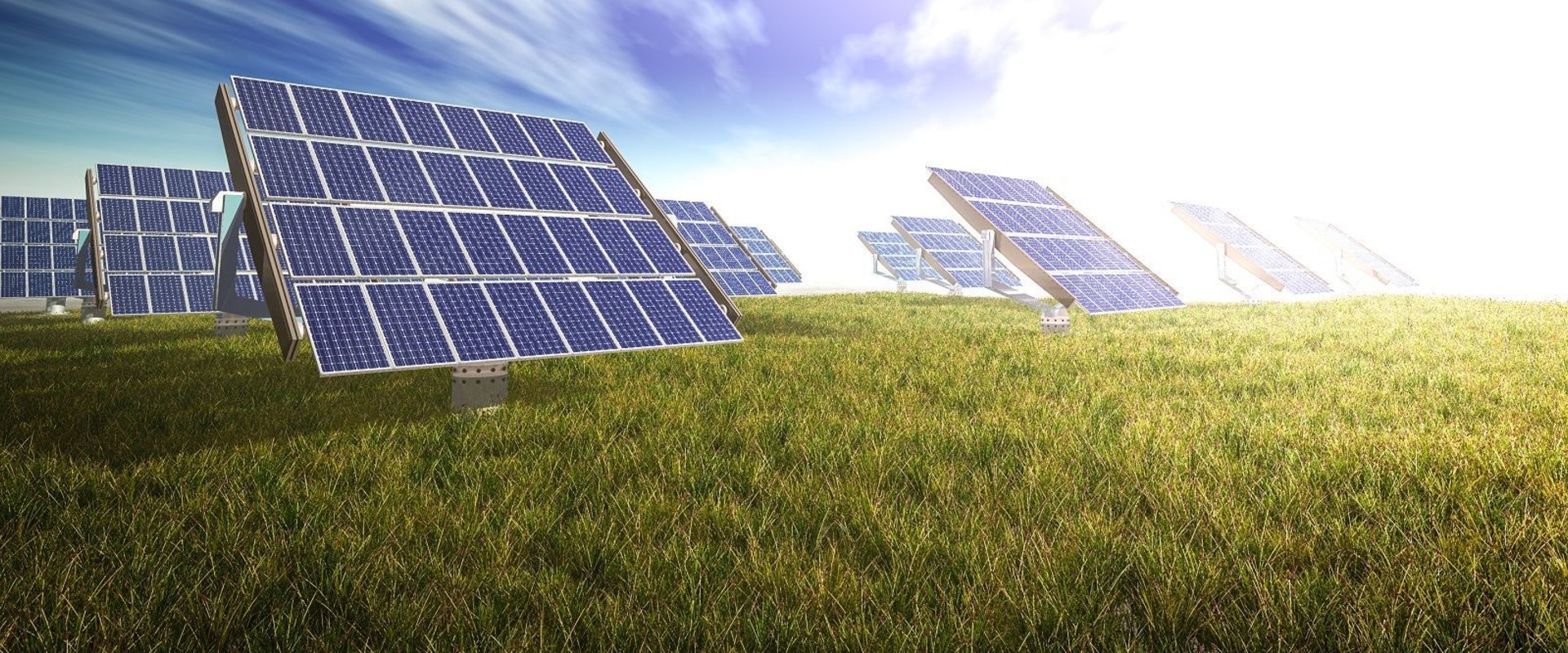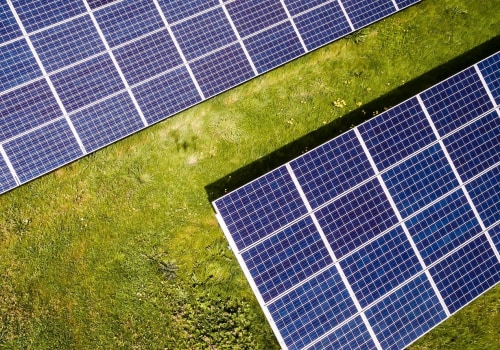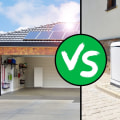Solar energy is a clean, renewable source of energy that has been around for centuries. It is a form of energy that is produced by converting sunlight into electrical energy using photovoltaic (PV) panels or mirrors that concentrate solar radiation. This energy can be used to generate electricity or be stored in batteries or thermal storage. In this article, we will explore how a home solar energy installation works and the various components involved. The process begins when sunlight hits a solar panel on the roof.
The panels convert energy into direct current, which flows to an inverter. The inverter then converts the DC electricity from its solar panels into AC (alternating current) electricity, which can be used to power your home. This process is incredibly efficient and cost-effective. Solar energy works by converting sunlight into electricity. This electricity can be used in your home or exported to the grid when it is not needed.
This is done by installing solar panels on your roof that generate DC (direct current) electricity. It is then fed into a solar inverter that converts the DC electricity from its solar panels into AC (alternating current) electricity. Solar energy is harnessed by solar photovoltaic (PV) technology that converts sunlight (solar radiation) into electricity through the use of semiconductors. When the sun collides with the semiconductor inside the photovoltaic cell, the electrons are released and the bus bars pick up the moving electrons, which produces electric current. Homes with solar energy systems usually have between 15 and 25 solar panels installed on their roofs. Each solar panel comprises a chain of 60 or 72 photovoltaic cells, each made of monocrystalline or polycrystalline silicon.
Solar cells are designed to capture sunlight and convert it into direct current (DC) electricity through the photovoltaic effect. However, battery solutions are expensive and have a short service life, with warranties of only 5 to 10 years. The economy gets a little better in places like California, where you can take advantage of state battery purchase incentives and use time-of-use (TOU) rates to see some savings. If you want even more battery energy storage, you can install a second or third battery to double or triple your home battery capacity. If you want to start saving money on electricity and investing in renewable energy, the first place to start is to compare prices for solar panel systems. When we place solar panels connected in a calculated way to sunlight, they start to produce current and voltage in the form of direct current (DC), but in most countries of the world, appliances and equipment are powered by alternating current (AC), so we need to connect all solar panels to an inverter that then converts DC to AC for home use. If the storage system includes software monitoring, that software monitors solar production, home energy usage, and utility rates to determine which energy source to use during the day, maximizing solar energy use, giving the customer the ability to reduce hourly charges peak and the ability to store energy for later use during an outage. Solar farms are designed for large-scale solar power generation that is powered directly to the grid, unlike individual solar panels that usually power a single house or building. They continue to lead the way in microinverter technology, making owning solar panels more attractive and easier. The carbon footprint of solar panels is already quite small, since they last more than 25 years without loss of efficiency.
Electric companies can then offer you a credit on your electricity bill for the energy you are providing to the grid. Before you dive in and work with any old solar installer, take your time to thoroughly examine each company you may work with. Investing in renewable energy sources like solar power can help reduce your carbon footprint while also saving you money on your electricity bills.










